| Yamaha Rhino Clutch Sheave
KMS Performance Clutch Sheave and Duner’s Kit InstallationWhat is a CVT? The job of the transmission is to change the speed ratio between the engine and the wheels. The transmission uses a range of gears — from low to high — to make more effective use of the engine’s torque as driving conditions change. The gears can be engaged manually or automatically. Today’s side x side vehicles all use a type of automatic transmission called a continuously variable transmission or CVT. Unlike traditional automatic transmissions used in cars that are much too heavy for a side x side vehicle, CVTs don’t have any sort of gears. The CVT operates on a pulley system that allows an infinite variability between highest and lowest gears with no discrete steps or shifts. CVTs used in Rhinos, RZRs, Rangers and Prowlers have three basic components:
The variable-diameter pulleys are the key to a CVT. Each pulley is made of two cones facing each other. A belt rides in the groove between the two cones. When the two cones of the pulley are far apart, the belt rides lower in the groove, and the radius of the belt loop going around the pulley gets smaller. When the cones are close together, the belt rides higher in the groove, and the radius of the belt loop going around the pulley gets larger. One of the two pulleys is connected to the crankshaft of the engine. This pulley is typically called the drive pulley. The second pulley is called the driven or output pulley because the first pulley is turning it. The driven pulley transfers energy to the transfer case and onto the differentials, through the axles and out to the wheels. On a Yamaha Rhino, the clutch sheave is part of the drive pulley (right side in above image). When clutch sheaves are machined, it allows the cones on the drive pulley to collapse even further which forces the belt even higher between the cones. This translates to a higher gear.
When one pulley increases its radius, the other decreases its radius to keep the belt tight. As the two pulleys change relative to one another, they create an infinite number of gear ratios. Clutch Sheave: KMS Performance Machined Clutch Sheave Clutch Spring: KMS Performance Duner’s Kit Installation: Remove seat base and plastic in front of seat. Remove bolt from inner/front seat base that goes around below shifter. Remove cover Cover removed – Sheave is on the right. Remove sheave “guard” Guard removed Bolts inserted to loosen belt Clutch sheave removed from Rhino. Old clutch sheave removed. There are eight weights. Old weights are removed from the teflon covers New weights are pressed into old teflon covers New weights are all in place Weights are greased and installed in the new sheave Sheave is assembled Now it is time to remove and replace the secondary spring (part of the Duner’s Kit) from the secondary sheave. This is a special spring removal tool and wrench from Yamaha. Changing the secondary spring is very difficult (not recommended) without these tools. A little persuasion is needed to get the secondary sheave in Reinstall sheave Reinstall belt. I decided to put a new belt on. Reinstall cage Test before putting cover back on. Left side is low rpm. Right side is high rpm. Installation performed by Paul Hart – Hart’s Rhino Motorsports Thanks to Paul for letting me look over his shoulder while he worked on my Rhino. Contacts: Website:KMS Performance |

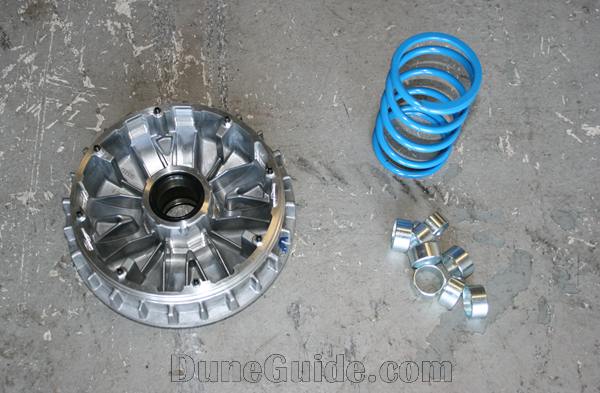
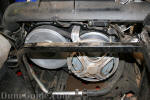


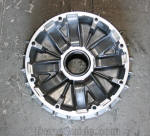
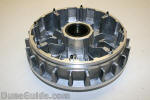


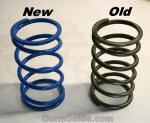
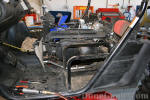
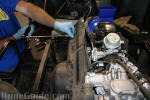
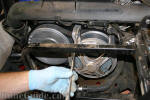
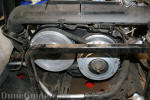
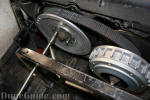

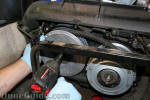
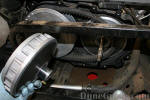
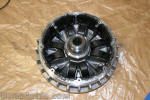
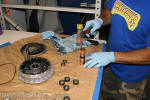
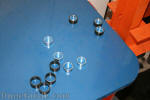
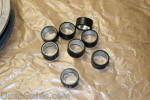
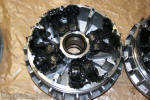
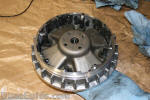
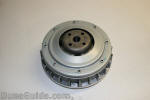
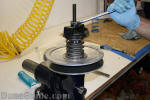
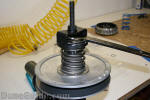
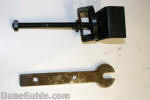
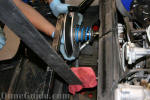
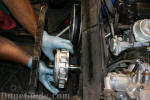
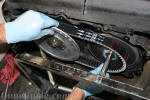
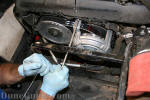
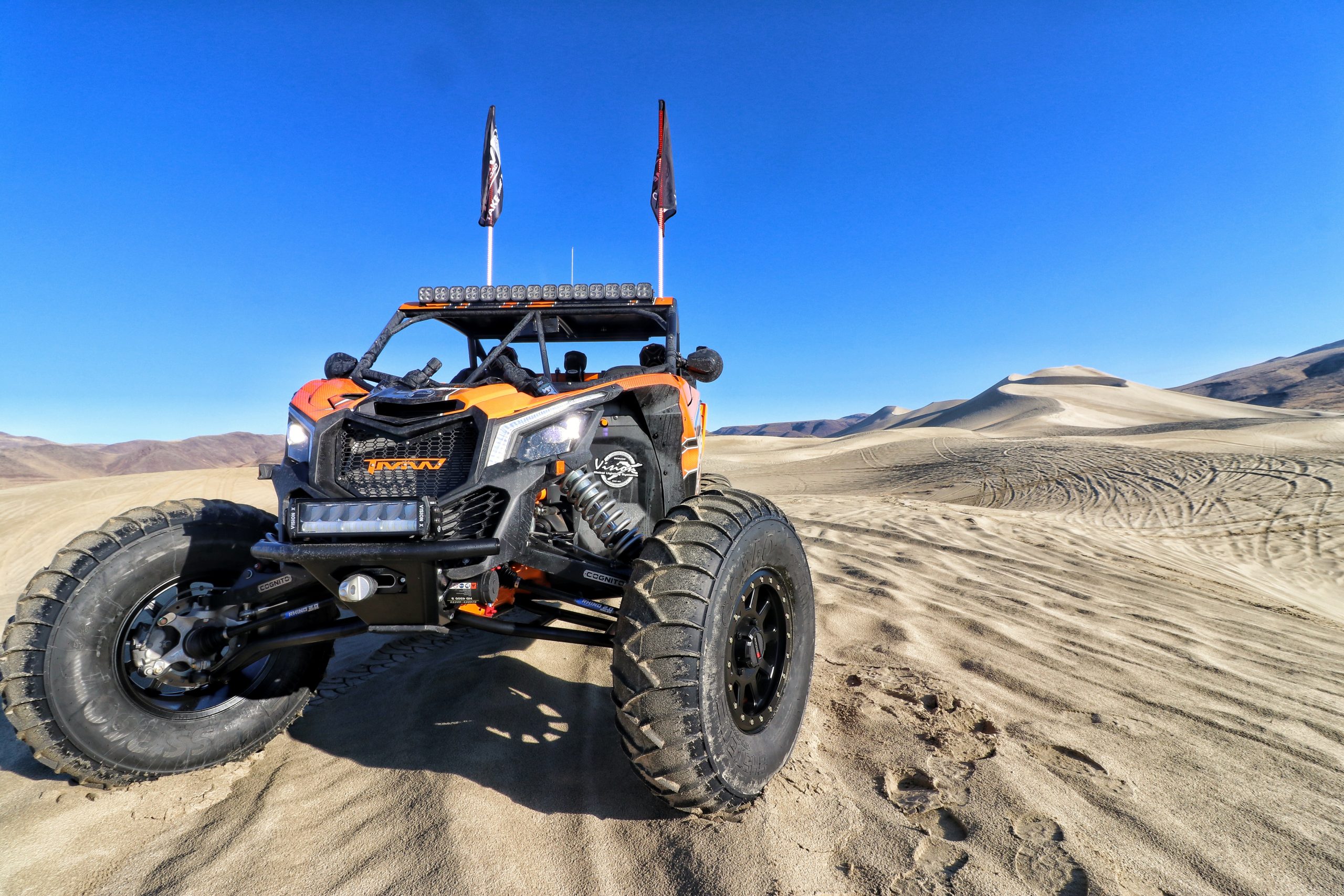
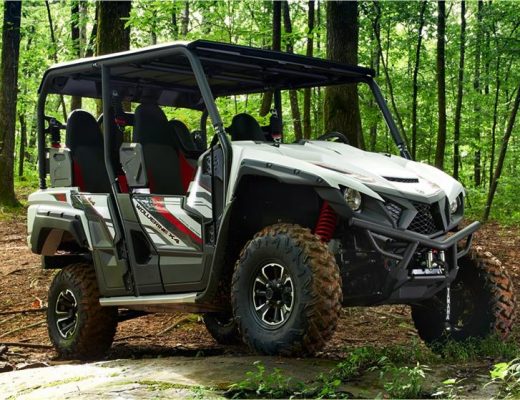
No Comments